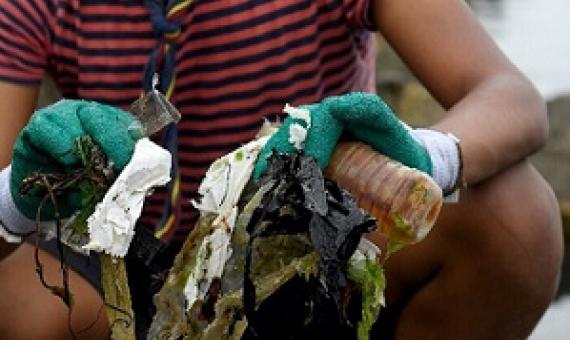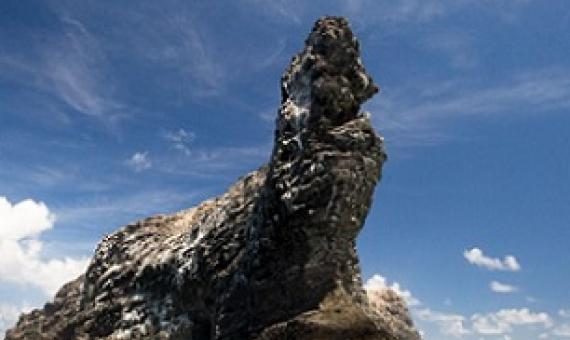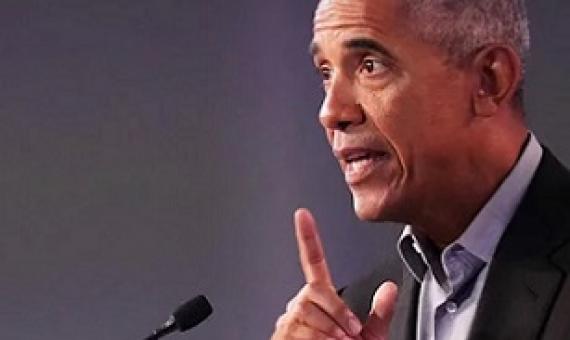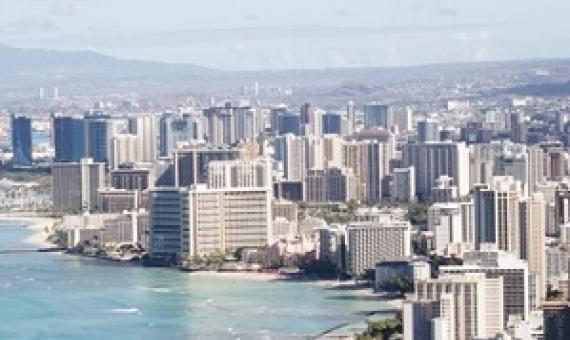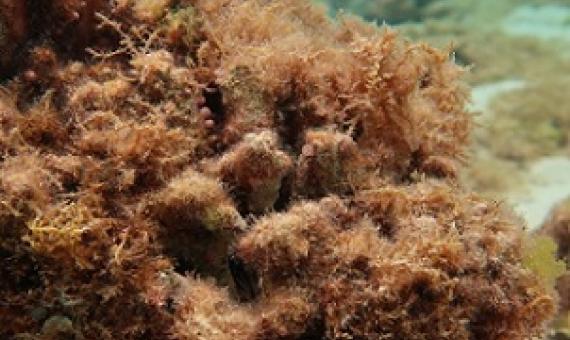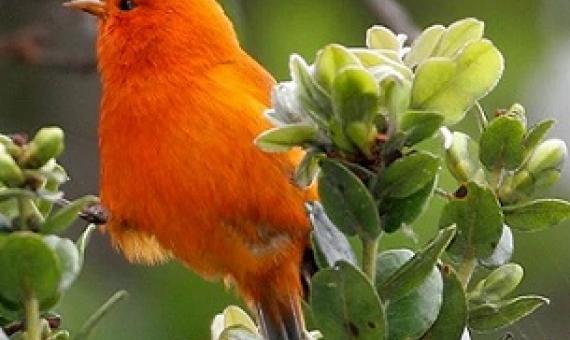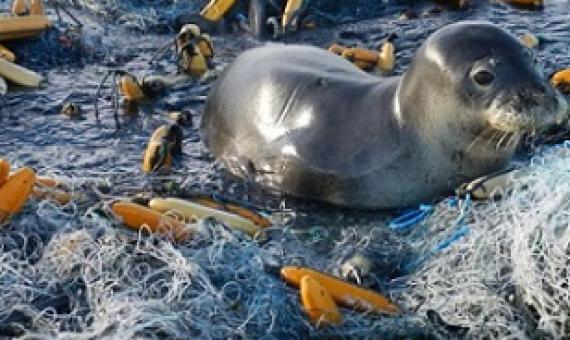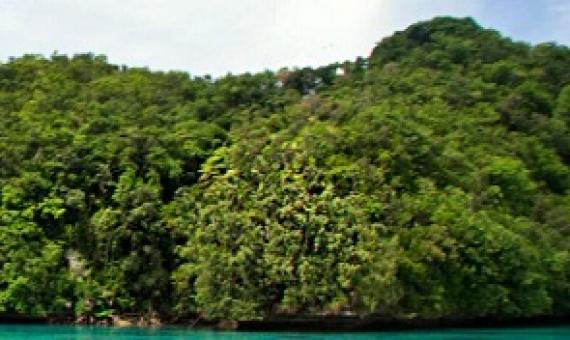The United States is by far the biggest contributor to global plastic waste in the world, according to a new report submitted to the federal government Wednesday that called for a national strategy to tackle the growing crisis.
The ocean surrounding the Northwestern Hawaiian Islands—already protected by the Papahanaumokuakea Marine National Monument—would find even greater safeguards under a proposal unveiled Friday by the National Oceanic and Atmospheric Administration.
During a U.N. Climate Change Conference session on the Pacific Islands, former President Barack Obama recited a Hawaiian proverb to stress the importance of uniting countries to mitigate the effects of climate change.
Efficacy of Alternative Low-cost Approaches to Mangrove Restoration, American Samoa
Three mangrove restoration methods were tested at Nu’uuli, Tutuila Island, American Samoa. Since clearing 27 years ago converted the mangrove into a mudflat, the ecosystem was sufficiently altered that it could not self-correct; the ecosystem showed no natural regrowth despite an ample supply of propagules.
Establishing a “visitor green fee” to protect our environment is one way the Hawaiʻi government could help care for the islands’ precious resources, according to a new blog by the University of Hawaiʻi Economic Research Organization (UHERO)...Fourteen destinations wo
A mysterious algae that’s puzzled researchers is now spreading around the Northwestern Hawaiian Islands, potentially putting coral ecosystems at risk.
In a new paper published in the Journal of Applied Ecology, environmental science and management professor Elise Granek and lead author Casey Lewis, PSU alumna, report the findings of a census of zooplankton communities in non-native mangrove habitats and open coastline on the islan
Hawaiʻi has long been considered the endangered species capital of the world, as the Islands are home to hundreds of endangered and threatened plants and animals. On Wednesday, the U.S.
Scientists and divers from NOAA’s Pacific Islands Fisheries Science Center are teaming up with divers from the Papahānaumokuākea Marine Debris Project.
The Sea Dragon aerial surveillance program by the United States which can cover thousands of kilometers an hour is expected to kick off late this year.

